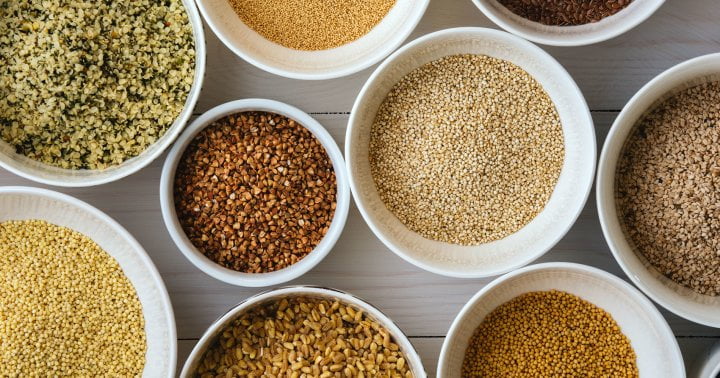An RD Explains The Biggest Myth About Vitamin D

Vitamin D is one of the most well-documented players for immune-support—an “old school” nutrient, if you will.* However, it skyrocketed in popularity this past year, after cross-sectional studies found vitamin D deficiency was higher in COVID patients than the control groups. As such, vitamin D finally got the recognition it deserves—although, says Ferira, it’s important to truly digest what you’re reading online.
“We’re all deficient in vitamin D,” says Ferira. She states that 92.5% of Americans don’t even get 400 IU a day of vitamin D in their diet, whereas “we actually need a minimum of 2,000 to 3,000 IU daily,” so you do the math. A huge gap—and yet, most health media outlets provide a single solution: Eat vitamin D-rich foods.
“That’s a huge myth that I’d like to bust,” Ferira notes. (She explains her reasoning further, in case you’re curious). “Telling someone to meet their vitamin D through food is like giving you a quart of paint to go repaint your entire house.”
Vitamin D is naturally found in small amounts in a handful of foods—which are helpful for preventing extreme vitamin D deficiency and related ailments like rickets or osteomalacia. For example, one cup of milk contains 100 IU of vitamin D. But when it comes to ramping up and maintaining healthy vitamin D status for life, those modest intake levels alone just won’t cut it.*
This article was originally published by mindbodygreen.com. Read the original article here.




